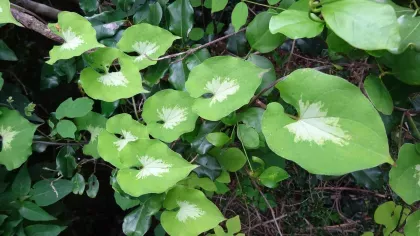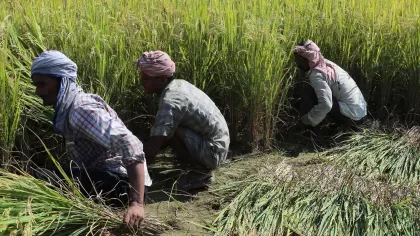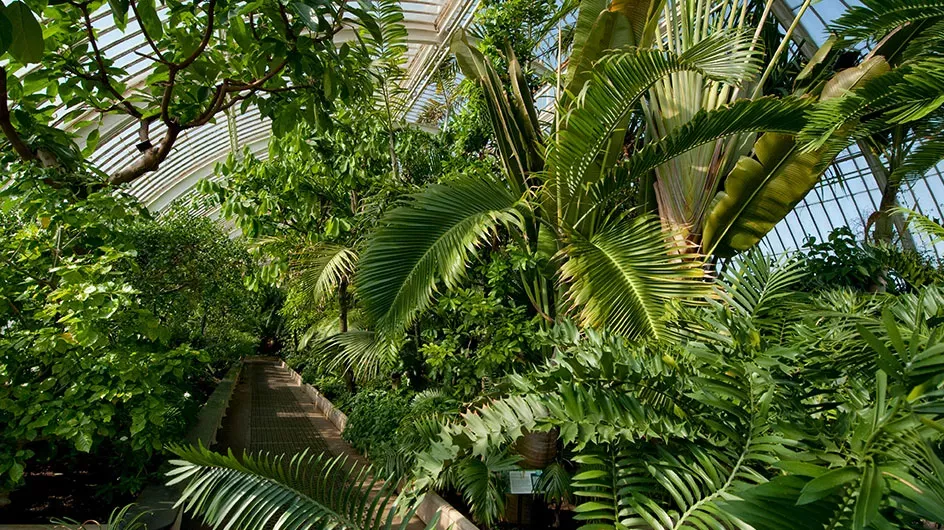27 January 2020
Bananas under threat
Imagine a world where your lunchbox favourite was extinct.

We eat 5 billion of these yellow fruits every year in the UK.
But the bananas we know and love may not be around for much longer.
Cavendish bananas
The bananas we see in the supermarket are a cultivar called the Cavendish banana. They're the classic banana shape that we recognise, long, golden-yellow, and curved.
55 million tonnes of Cavendish bananas are grown a year worldwide. This variety is descended from a banana first grown in a hothouse in northern England in the 1800s. Who would have guessed the rainy origins of such an exotic fruit?
Although there are more than 1,000 banana varieties in the world, the Cavendish makes up almost the entirety of global banana exports.
But it wasn't always this way. For decades, the most widely-exported banana was the Gros Michel. In the 1950s this variety went extinct, and it's possible the same might happen to our beloved Cavendish.
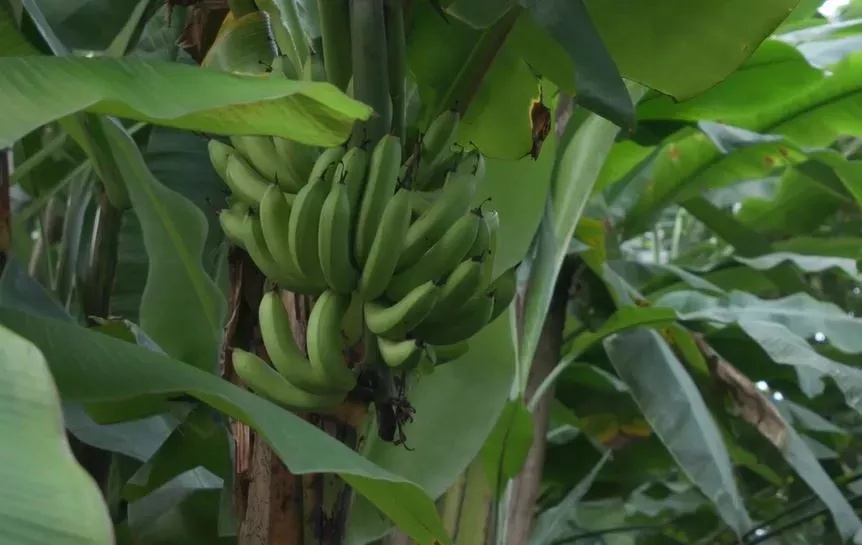
A vulnerable staple
Cavendish bananas are vulnerable due to their lack of genetic diversity.
Because humans have bred bananas to be farmed, they can no longer reproduce on their own.
They've been bred to contain no seeds, which means we can only reproduce them by planting the off shoots of the parent plant.
This means each banana plant is genetically identical to the previous generation. Disease can easily wipe out the crop as there's very little resistance. With little genetic variation, disease can sweep through a crop of bananas and kill them all easily.
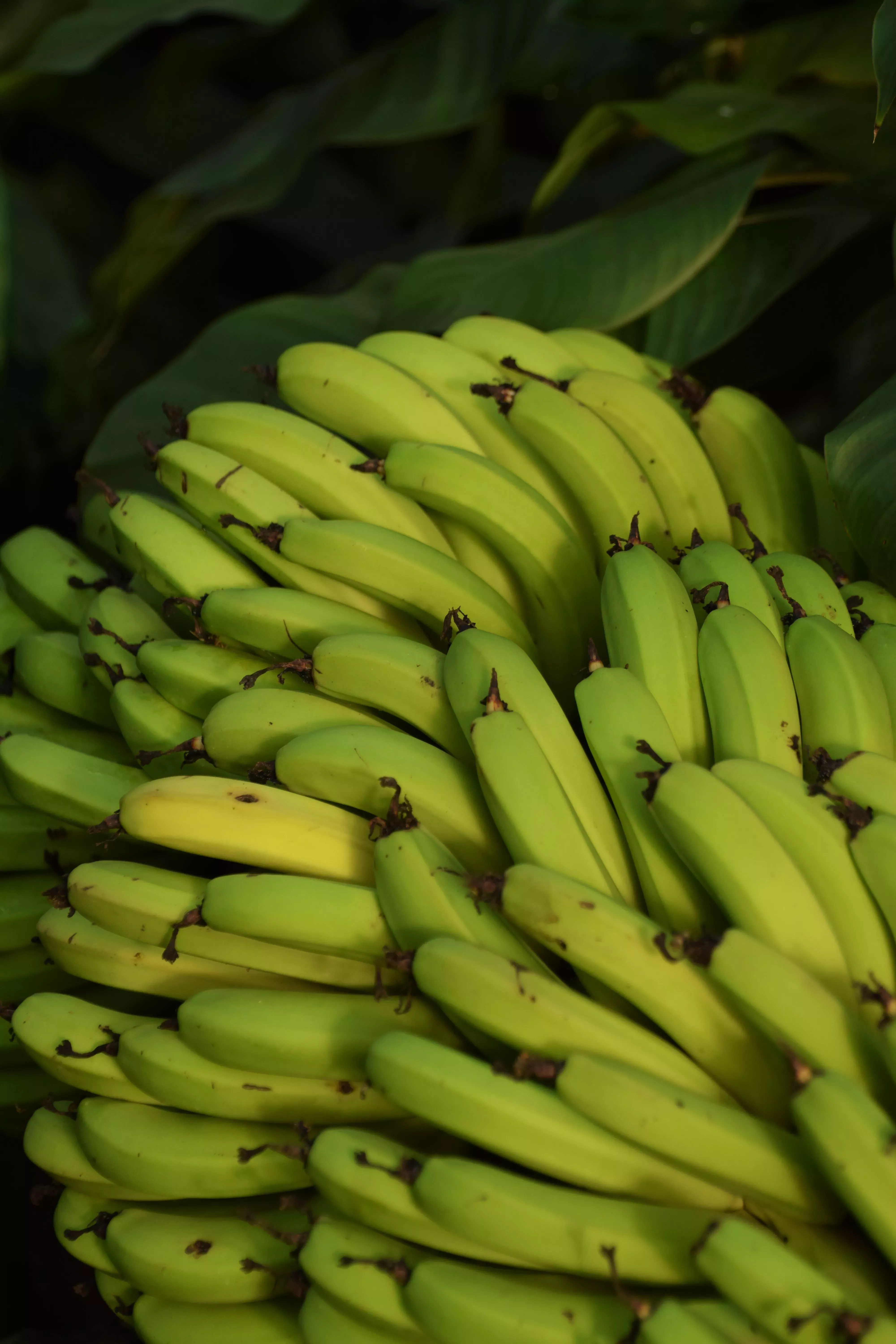
Banana déjà vu
Bananas have gone extinct before.
The Gros Michel banana was the banana of choice until the 1950s. They were slightly bigger than the Cavendish, with a stronger flavour. This was until a fungal disease called Panama disease struck, which almost wiped out the species.
Luckily, the Cavendish was immune to the fungus.
Although a smaller and less tasty fruit, it was hardy enough to survive long journeys, and was able to grow in soil infected with the fungus. It's able to stay green for several weeks after harvest, making it perfect for exportation.


A new problem
The Cavendish was a short term solution to the banana die out. Although it was resistant to Panama disease initially, the disease has developed a new strain that can kill Cavendish bananas off.
This year, a new strain of Panama disease was discovered in banana farms in South America.
Even more deadly, the disease now impacts local breeds of banana around the world.
There is no known way to stop this disease or contain it, so if it spreads it may be the end of the banana as we know it. Bananas grown in infected soils aren't unsafe for humans, but infected plants eventually stop producing fruit and die.

Life without bananas
What would life be like without a banana to grab on the go, to add to porridge or blend into a smoothie?
Losing the Cavendish banana would have a massive impact, but it wouldn't just impact our lives in the UK.
Countries in South America and the Caribbean not only depend on bananas for food, but banana farming is crucial to their livelihoods. If the Cavendish was to die out, it would result in economic devastation.
The situation is so severe that Colombia declared a national state of emergency in August 2019, when Panama disease was discovered on its banana farms.

What will future bananas look like?
It's likely that we'll have to cultivate other species of banana in the future.
Unlike in the 1950s, this time there's no replacement banana waiting in the wings to save the day. A banana that looks and tastes like the Cavendish, that is suitable for commercial growing, and that can withstand long journeys does not exist.
Wild relatives of the banana, which Kew is working to collect and protect along with other food crops, may hold the answer to some of these problems.
We may soon need to accept bananas on our supermarket shelves will look very different to the yellow friends we know and love.
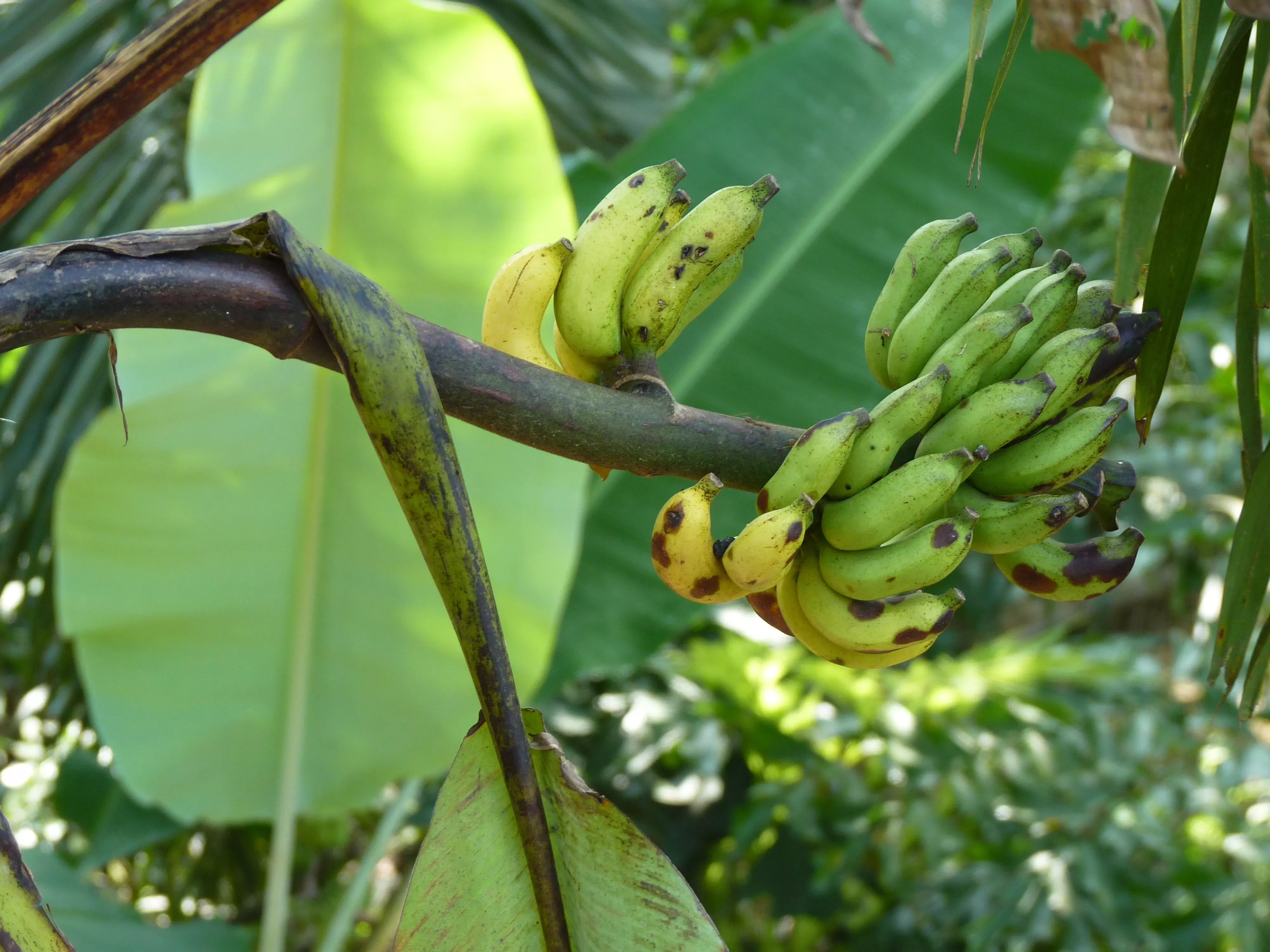

Watch: What will a banana look like in 2050?
We asked visitors what life would be like without bananas, and what they might look like in the future. What do you think?
